- Paper title: Pop. III Stars from Turbulent Fragmentation at Redshift ~11
- Authors: Joaquin Prieto, Paolo Padoan, Raul Jimenez, Leopoldo Infante
- First author’s affiliations: ICREA & ICC, University of Barcelona (IEEC-UB) & Centro de Astro-Ingeniera & Departamento de Astronomía y Astrofísica, Pontificia Universidad Católica de Chile
Population I, II, & III Stars
Thanks to historical events, astronomers refer to the most recent generation of stars as Population I stars and older generations of stars as Population II or III stars. Due to their more recent formation, Population I stars are metal-rich while Population II stars are metal-poor. The first generation of stars (which have yet to be observed) consists of Population III stars. These stars were the first stars to form and should contain essentially no metals. The formation of Population III stars is still unconstrained, but this paper provides one possible mechanism for the birth of these ancient stars. For more information about ancient stars, check out this Scientific American article by Larson & Bromm.
The Simulation
In this exciting paper, Prieto et al. simulate the formation of the first generation of stars using the adaptive mesh refinement (AMR) code RAMSES from Teyssier 2002. They begin their simulation at z=120 and follow the collapse of dark matter and gas into clumps between and
, where
is the mass of the Sun, by z=10.87. Using adaptive mesh refinement allows the authors to continue zooming in on smaller and smaller regions of the simulation to study the physics of the collapse on small scales (3.5 pc resolution). Although the authors do not follow the collapse of the clouds after z=10.87, they expect that the clouds will continue to fragment and possibly even form
population III stars because the masses of the clumps at z=10.87 are much larger than the estimated
Bonner-Ebert mass required for collapse.
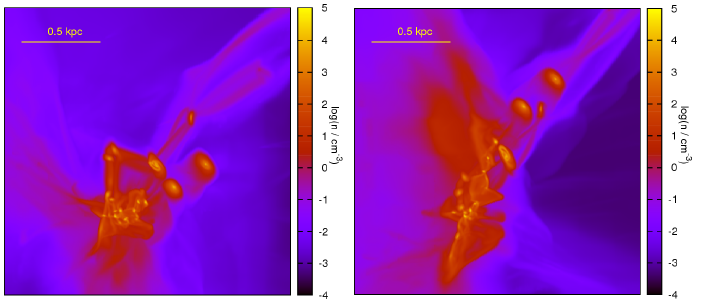
Gas density at z=10.87 averaged along the y-axis (left panel) and the z-axis (right panel) for the central portion of the simulation. Notice the bright clumps forming in the center. From Figure 3 of Prieto et al. 2011.
Bonner-Ebert Mass
You might remember learning that the Jeans mass is the minimum mass a molecular cloud must achieve in order to collapse in the absence of external pressure. If external pressure is included in the calculation, then the minimum mass required for collapse decreases (because the external pressure pushes inward) and the minimum mass is known as the Bonner-Ebert mass.

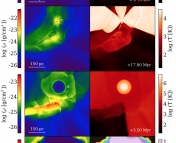
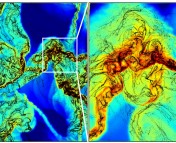
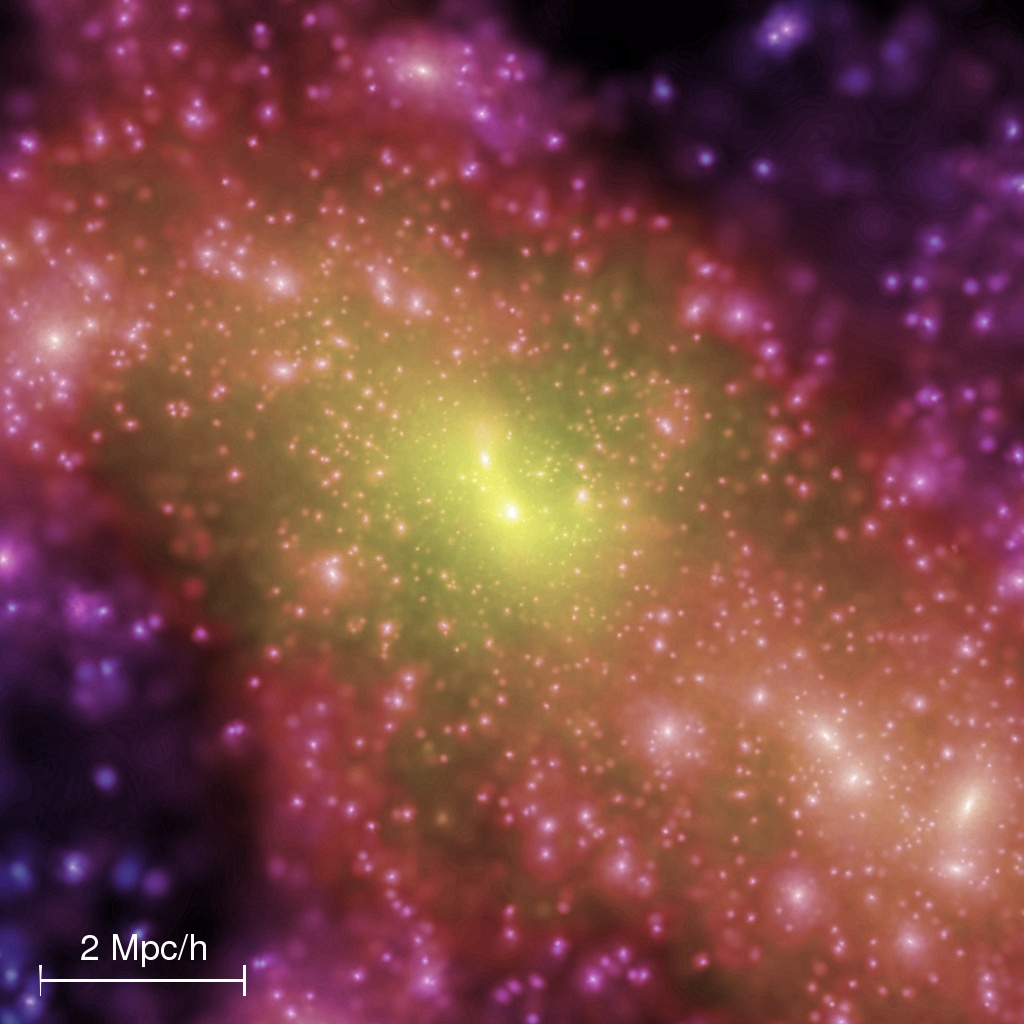
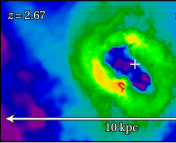
Trackbacks/Pingbacks